I used to run with Dick Pratt and some other people, mainly blokes, around the Tan, which is the circular track alongside the Melbourne Botanical Gardens. Well, some ran and others perambulated – but it was a pleasant Saturday morning ending up at The Victoria Market for coffee and croissant. Dick was a very personable and generous guy who built up a packaging empire. He sponsored many community activities. I never asked him for money, except that his wife got us tickets for a production of “Carmen” and he bought me a T-Shirt at the Market when the one I was using was rendered unusable. I can’t remember why, but the T-shirt I bought there was inexecrable, but that was all that was available.
I remember his son, young Anthony, then a somewhat naïve person in his late twenties, distinguished by his red hair and very pale complexion. He was as diffident as his father was charismatically outgoing. For a period, I used to enjoy the Saturday morning meetings. Young Anthony never came, but I had listened to him at an informal seminar, which Dick Pratt had organised with Robert Manne as the speaker. Dick’s professional life ended in disgrace, but his business continued after his untimely death.
The conviction of Richard for price fixing with some of his supposed competitors destroyed his career, but not the company which Anthony inherited. As one of his former teachers said of Anthony, who finished near the bottom of the course at the Melbourne Business School, he inherited a shrewdly competent staff who had worked for his father.
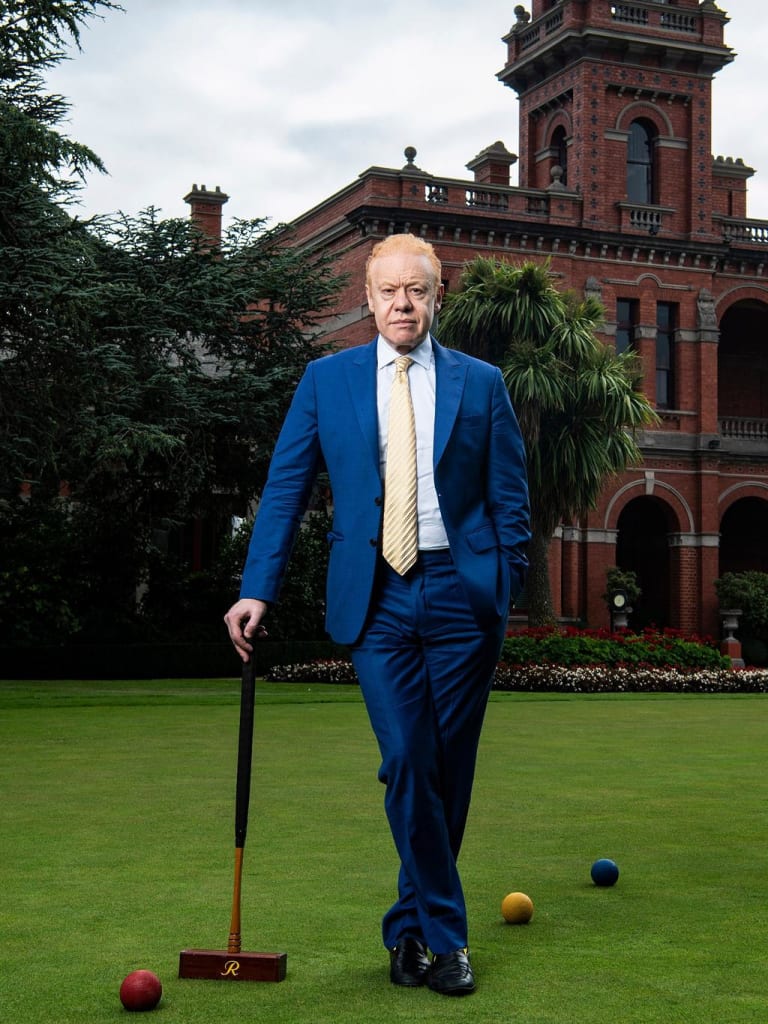 It seems that some very wealthy people collect art work; Anthony has collected people on the simple logic that everybody has a price. When you think of Paul Keating, who prided himself on his independence – a flawless visage of isolated supremacy, one could be surprised with his reported Pratt retainer of $25,000 smackers a month for his view from his Eastern suburban eyrie – $300,000 a year. For what? But then what does Mona Lisa do for you? The fact that Anthony perceives Keating as part of his collection. Some of his reported purchases, like Rudy Giuliani, have been shown to be duds, but he uses his milestones such as birthdays to parade his collection.
It seems that some very wealthy people collect art work; Anthony has collected people on the simple logic that everybody has a price. When you think of Paul Keating, who prided himself on his independence – a flawless visage of isolated supremacy, one could be surprised with his reported Pratt retainer of $25,000 smackers a month for his view from his Eastern suburban eyrie – $300,000 a year. For what? But then what does Mona Lisa do for you? The fact that Anthony perceives Keating as part of his collection. Some of his reported purchases, like Rudy Giuliani, have been shown to be duds, but he uses his milestones such as birthdays to parade his collection.
What I find surprising is that Charles III for a time took Pratt’s money, because he would be “useful” to Pratt. This raises the question of whether, to put it rather crudely, this Royal has shaken other wealthy people down, because of some mutual usefulness.
I would have assumed that Charles does not need what amounts to a retainer, to be on the payroll of a cardboard king. At least this seems to be the basis of the Palace public relations strategy of praising Pratt the philanthropist while emphasising any money would go to the appropriate charity with the royal seal of approval. And please, old boy, send no more.
Mr Pratt, there is an old axiom; one’s independence of action is inversely proportional to the controversy generated.
Yet he still has beneficence as a hobby; and the recent tapes may soon be forgotten. After all, Trump calls him “genius” one moment then “weird-do” the next. But Mr Trump, he does have great wealth, which you increasingly may not have. Is he really a weird-do?
The Matter of the Black Tulip
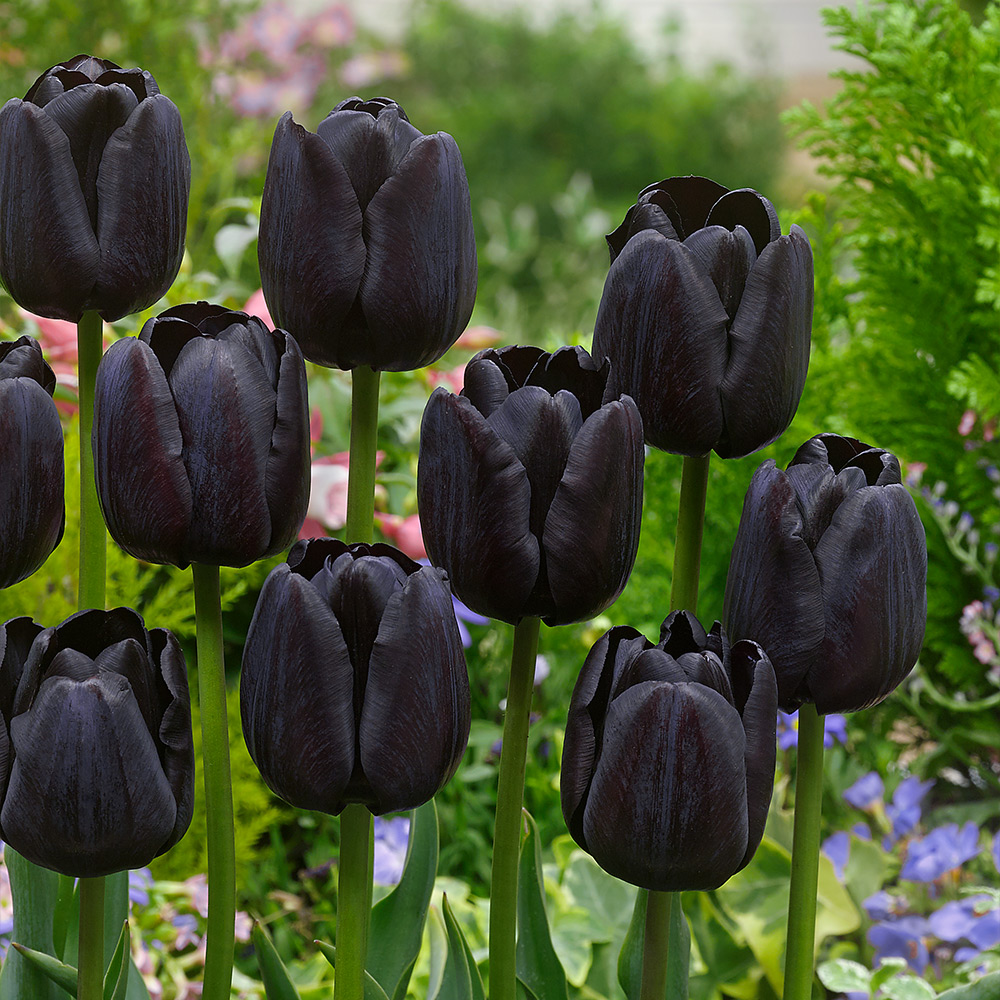
“Yes, sir,” answered Rosa; “I come at least to speak of it.” “Is it doing well, then?” asked Van Systens, with a smile of tender veneration. “Alas! sir, I don’t know,” said Rosa. “How is that? could any misfortune have happened to it?” “A very great one, sir; yet not to it, but to me.” “What?” “It has been stolen from me.” “Stolen! the black tulip?” “Yes, sir.” “Do you know the thief?” “I have my suspicions, but I must not yet accuse any one.” “But the matter may very easily be ascertained.” “How is that?” “As it has been stolen from you, the thief cannot be far off.” “Why not?” “Because I have seen the black tulip only two hours ago.”
Alexandre Dumas wrote “The Black Tulip” at a time when The Netherlands was being engulfed by Tulipmania. This was a time, according to the myths, when the Dutch were consumed by possessing tulips, as a sign of wealth and position.
It has been characterised as a time of frenzy with one occasion when a worker mistook a bulb for an onion, and then being subject to all forms of punishment. Recent research suggests that these stories were misinformation peddled by Dutch Calvinists who disproved of this secular society, which flew in the face of their frugal lifestyle.
The boom in prices lasted until about 1630, when buyers started to default on their purchases, and the boom petered out. The newer assessment of the period is the Dutch took it with resignation and moved on. It was not the frenzy as traditionally reported. Concurrently, the nascent Netherlands was by various means separating itself from the Spanish who had inherited the Low Countries with the split in the Habsburg – Holy Roman Empire after Charles V death in 1565. (The two Habsburg dynasties remained allied until the extinction of the Spanish line in 1700, which in turn led to the War of Spanish Succession and the British decisive victory over the French at the Battle of Blenheim).
The Dutch took it all in their stride as the first merchant nation, which did not obtain their independence through military victories. Understanding the Netherlands is to realise that it was built on sandy outcrops in the Rhine Delta, while the culture was built by their success as traders, across the known World. Hence, the tulip craze may have been a lesson, but it was not a financial disaster. Not good but not fatal.

Moving along the long rows of tulips at the Table Cape Tulip Farm this past week and coming across a row of very dark purple tulips reminded me of the story above concerning the “adventures” of the black tulip – still the pinnacle of the tulip world because of its rarity; but then it is a very dark purple not actually black. The only colour that tulips do not manifest is a truly blue tulip.
As for colour, the tulips seem to range over every other colour and white and the way they have been arranged across the Farm’s undulating landscape is spectacular in the number and distribution of the flowers. There are variegated varieties which were the most prized by the Dutch; but to achieve the variegation the tulips were infected by the tulip virus, which in fact weakened the flower. These days, modern variegated tulips are the result of deliberate hybridisation where genetic manipulation has replaced the role of the virus.
Table Cape, which lies outside the township of Wynyard, which is itself ablaze with tulips in boxes along the main street during October, is a beautiful place. The farm provides a belvedere for viewing the tulip fields over the residual forest in the far corner, and the lighthouse overlooking the Bass Strait which, on the day we visited, was an azure ribbon on the horizon underneath a cloudless sky. This view will last to the end of the month, when the farm closes, the tulips are exhausted for another year, and the owners, the Roberts-Thomsons continue to sell their bulbs across the year as they have done for close on 40 years.
Footman to the Rich and Famous?
It is interesting the something in plain sight had not been reported by the Fourth Estate until Peter Hartcher’s comment said all. Albanese had been underestimated his whole life. Then he overestimated himself.
Albanese is just not up to the job. He is always chasing the coattails of meetings, ostensibly with important people, but given he is a prisoner of his own perceived lack of self-esteem, he has shown all his flaws in relation to The Voice’s campaign failure.
Not that I believe it was a win for Dutton. I’ve made clear in a previous blog how unfitted Dutton is for public office. His record glows with his lack of intellect and policy acumen. Can I assure him that Donald Trump would be as unelectable in Australia as Dutton will be whether he apes the Golden Toddler or not. Unfortunately, Dutton is not a great listener. The stupidity of him urging the Prime Minister to visit Israel shows that he does not have a clue.
The visits of the British, French and German leaders are probably as much related to the weaponry contracts, as to some ephemeral solidarity with Israel. Moreover, what a great suggestion on the brink of invasion of Gaza, to encourage our Prime Minister to visit. It would just make Australians travelling the world somewhat of a target, and what would it achieve, other than perhaps to show Australian solidarity with the Palestinian Christians.

Why Albanese is visiting the USA this week also eludes me. Announcing a deal with Microsoft could just as easily have been done in Australia. And visiting Arlington? Obviously had nothing else to do that day, and trying to make it up by visiting where two Australians are laid to rest is hardly justification. However, he opened the new Australian Embassy with its distinctive Australian outward appearance of a glorified Meriton unit and demonstrating that other major Australian quality – a massive cost over-run of $100m. Gosh, and the Government cannot lessen the fuel excise.
Biden is consumed not only with the Middle East, but also with a Congress verging on anarchy until apparently just selecting a Speaker, Mike Johnson, from the Trumpian stable. This Congressional squabbling self-interest has compounded the loss of any moral compass. Thus, which one will Albanese choose to see and for what purpose?
Meanwhile, Trump is seeking to exploit this challenge to order as the law is closing in on him – inciting insurrection might well still be consuming his thoughts. After all, those opposing Jim Jordan, Trump’s once preferred candidate for Speaker, are said to have received death threats.
Against that background, I doubt whether discussing AUKUS with Albanese would be high on Biden’s agenda. Biden is wily, and even in old age more than a match for our Prime Minister pumped up by his over-weaning self-importance. Beware Mr Prime Minister not to return with a great level of American “tar baby” diplomacy. Albanese committing us to another American folly; the price for annoying the President wanting to talk also about climate change – for God’s sake – as Gaza City is being levelled, children massacred.
Yes, the price Australia will wear for appearing in Washington at this time for his showboating will be used later as a chip in cementing US control of our foreign policy. The cement is made from rare earths, lithium, cobalt, nickel and the other Australian minerals that the Americans want from their South Pacific quarry (take whichever meaning you like as they both have an element of truth).
Meanwhile back with Dutton, when you compare him with that other Queensland copper, Bill Hayden who died at the end of last week, in fact there is none. Bill Hayden would have been Prime Minister if the delightful Graham Richardson and his cronies had not decided that the immaculate Hawke would be a better candidate against Fraser seeking a fourth term. I accept the drover’s dog hypothesis put forward by Hayden, that Fraser was that much on the nose by 1983 that he was unelectable. After all, Hawke stumbled in the face of Peacock at the next election, confirming that electoral antipathy towards Fraser. However, whether compared with Hayden, Hawke, Keating or many of that first Cabinet, I’m afraid Albanese would lag well behind in any comparison. And that is the Australian dilemma – where has all our political genius gone?
Accidental Beekeepers

We are accidental beekeepers. Much honey is produced in Tasmania. European bees were first successfully introduced into Tasmania in 1831 and the first Italian bees were introduced in 1884. Beekeepers whose hives are not accidental, that is they are devoted apiarists, number about 320. There are five who have over one thousand hives, given that about 13,000 hives exist. So that give the dimensions of the industry in Tasmania – and its vulnerability, especially to the cost of compliance with regulations to handle a hypothetical verroa mite infestation, bees are a precious commodity in Tasmania.
Our bees colonised a wall cavity, and this recent infestation is the fifth. Previously, beekeepers have not been interested in removing the bees. To get to bees in this particular wall cavity requires a long ladder and removing one of the side boards. It is somewhat perilous, so there needed to be a degree of wanting the bees to induce beekeepers to climb up to get them – previously the local beekeepers weren’t abuzz with interest.
However, the beekeepers now have an interest because of verroa mite and the looming shortage of bees, so bees from verroa-free states (Tasmania and Western Australia) are like flying black and gold. However, as our hobbyist local beekeeper says, the problem now is that even in isolated areas like the south-west of Tasmania, whence 65 per cent of Tasmanian honey comes, increasing Government regulation, as denoted above, is making small scale beekeeping expensive and burdensome. This suggests a need for some sensible consideration of different environments.
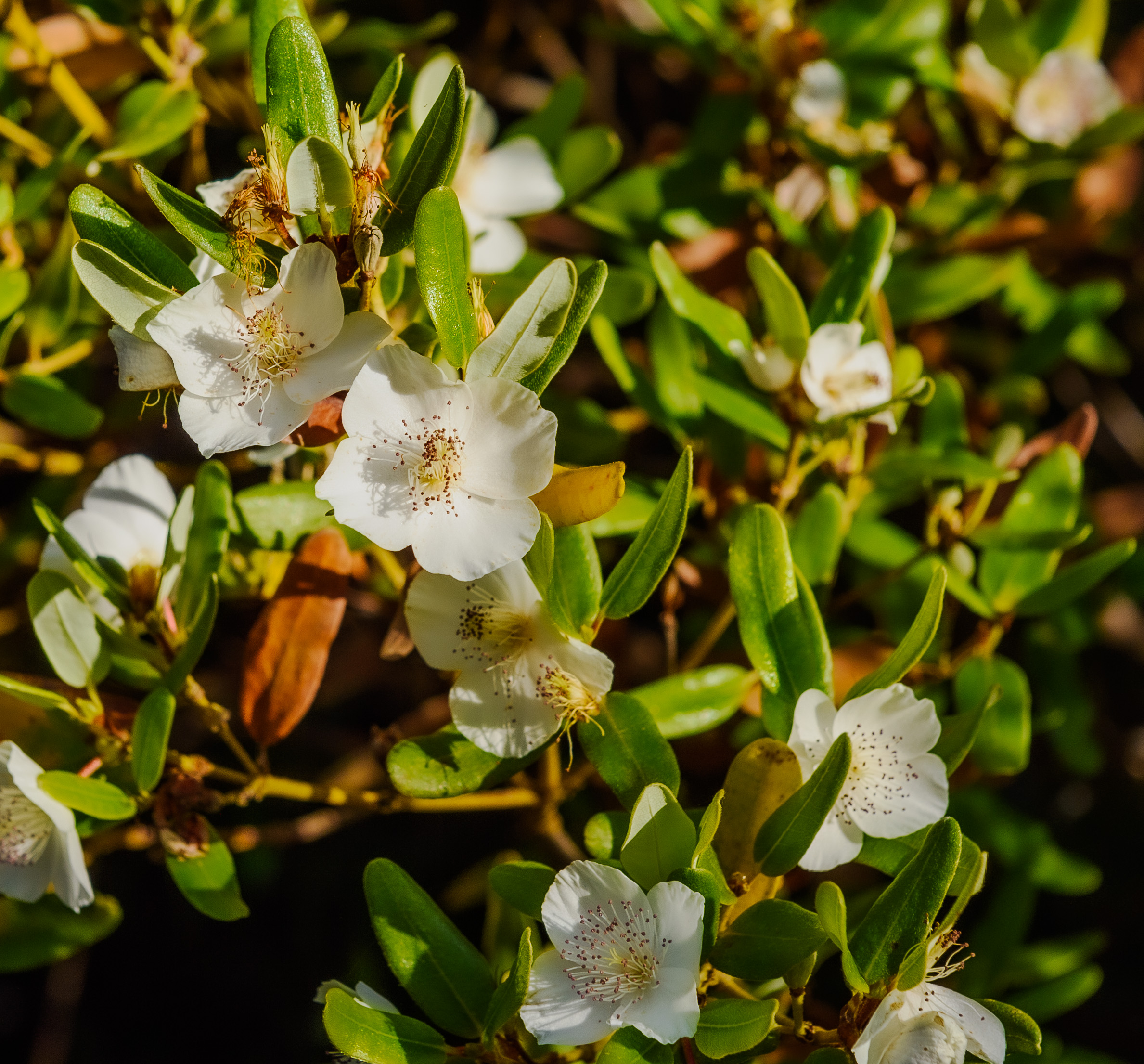
The south-west Tasmanian domination of the industry is because of the leatherwood, which grows in the temperate rainforest. The leatherwood grows wild on our property, but we must keep it in check as it can grow to ten metres in height. The leatherwood flowers in spring and summer, and the white bee boxes appear all through the forests, with harvesting of the honey in late summer. Needless to say, Leatherwood honey with its deep amber colour and its robust taste is the family favourite.
We await the beekeeper to come and rescue the bees in the next few weeks, very much alive after their winter sleep.
“I’m a Palestinian Christian born in Bethlehem as was my brother Andrew”, said Peter confronted by the Israeli Centurion.
Historic church sheltering civilians struck in deadly Gaza City blast was a recent headline in an article by Washington Post correspondents Miriam Berger, Evan Hill and Kelsey Ables. I just imagine the furore if a synagogue was bombed in a similar way. I cannot even remember this atrocity being reported in the Australian press. Perhaps it was written up in an Israeli Government media release. The media may have probably seen the Israel Defence Forces emailed statement that a strike targeting a Hamas control centre “damaged the wall of a church in the area” and that it was “aware of reports on casualties” and was reviewing the incident. They declined to provide further information and reiterated, “It is important to clarify that the Church was not the target of the strike.” Therefore, nothing to see. No Jews killed- let’s move on. Just some Christian Church,

The Greek Orthodox Church of St. Porphyrius, Gaza’s oldest active church, was struck Thursday by Israel as it sheltered hundreds of Palestinians displaced by the war, according to religious officials. The brave Israelis pilots killed 18 people and injured at least 20. About 100 people were in the bombed building at the time of the strike and about 400 displaced civilians, mainly Christians, were taking shelter in the entire complex.
The Washington Post report goes on:
There are about 1,000 Palestinian Christians remaining in Gaza, and the loss was “huge” for the community … about 500 Christians … have relocated to the Greek Orthodox Patriarchate School in Gaza City. The Gaza-based Palestinian Health Ministry said Friday that at least 16 Christians were killed in the strike.
Rescuers were still digging through the rubble early Friday. Later in the day, services were held to mourn the dead.
The Order of St. George, an associated order of the church, issued a statement confirming Thursday’s strike. “Archbishop Alexios appears to have been located and is alive, but we don’t know if he is injured,” the Order of St. George stated. The blast hit “two church halls where the refugees, including children and babies, were sleeping.”
The Church of St. Porphyrius’s original structure dated from the 5th century, and the current structure, in a historic quarter of the city, was built in the 12th century. It is named for a former bishop of Gaza, Saint Porphyrius, and placed where he is believed to have died in A.D. 420. The church, characterized by thick walls and a richly decorated interior, has long been a place of refuge and community for its members, who are a religious minority in the Gaza Strip.
A Palestinian American woman who moved from Gaza to the United States in the early 2000s said in an interview that she had relatives and friends sheltering in the church at the time of the strike, some of whom were injured.
“They’re terrified. They’re shaken. They don’t know what to do, and they don’t know where else to go,” said one woman, who spoke on the condition of anonymity out of concern for her family’s safety. She expressed outrage at the idea that more than 1 million civilians could evacuate from a place as densely populated and heavily bombed as Gaza City — a mass movement called for by Israel last week. “It’s impossible,” she said.
She said that she grew up going to the Church of St. Porphyrius and that her family has deep ties to the church, dating to when they became refugees during the 1948 founding of Israel and mass displacement of Palestinians.
Describing the congregation as close-knit and family-like, she said she’s not only worried about her relatives, “I’m concerned for everyone because we’re a small community.”
Christians make up about one per cent of Gaza’s population and have faced restrictions and discrimination by the Hamas government, according to human rights groups. During the 2014 Gaza war, about 1,000 Palestinian Muslims fled Israeli shelling for the Church of St. Porphyrius, where graves were damaged by shrapnel from a nearby strike, Reuters reported. In a statement early Friday, the Patriarchate of Jerusalem said the targeting of churches sheltering innocent citizens “cannot be ignored.”
“The Patriarchate stresses that it will not abandon its religious and humanitarian duty, rooted in its Christian values, to provide all that is necessary in times of war and peace alike.”
Are Australian Christians prepared to grieve, as Chris Brook did when he heard his Bethlehem Palestinian friend has been killed? After all, Palestinian Christians have been victims of both Hamas and Israelis, remember that Albanese and Dutton. Just because they do not vote for either of you does not mean they should be ignored. After all, I believed as a Country we have abhorred genocide – in this case Christians living in Gaza.

Mouse Whisper
We were fighting the beastly Hun – a race of bloodthirsty bullying, sub-human barbarians who habitually punched below the belt and bayoneted babies.
This was British WWI propaganda.
The latest Israeli version substitute “beheaded”.
Babies beheaded, bayoneted, butchered – pick one off the misinformation shelf. Alliteration does not confer truth.



 My memento of Israel was a necklace which I purchased for my wife in Bethlehem. The Stones of Eilat are a gemstone found only in Israel Eilat is the actual site, and it is no longer mined. The stone is a green-blue mixture of several secondary copper minerals including azurite, chrysocolla, malachite, and turquoise. It is a beautiful necklace, and recently I read that much sold as genuine is in fact not so. My wife says it’s genuine.
My memento of Israel was a necklace which I purchased for my wife in Bethlehem. The Stones of Eilat are a gemstone found only in Israel Eilat is the actual site, and it is no longer mined. The stone is a green-blue mixture of several secondary copper minerals including azurite, chrysocolla, malachite, and turquoise. It is a beautiful necklace, and recently I read that much sold as genuine is in fact not so. My wife says it’s genuine.

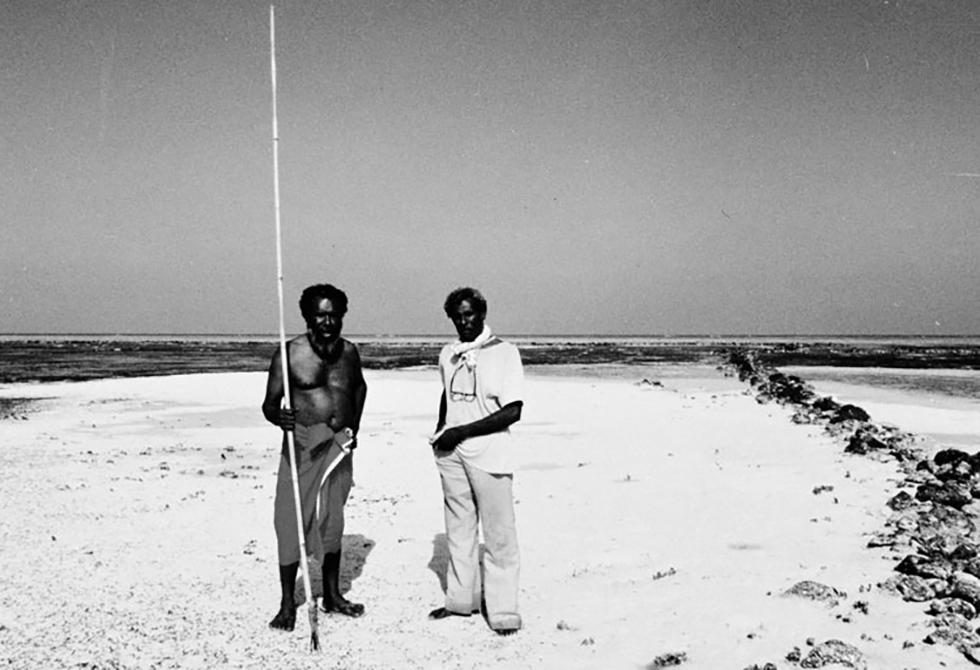




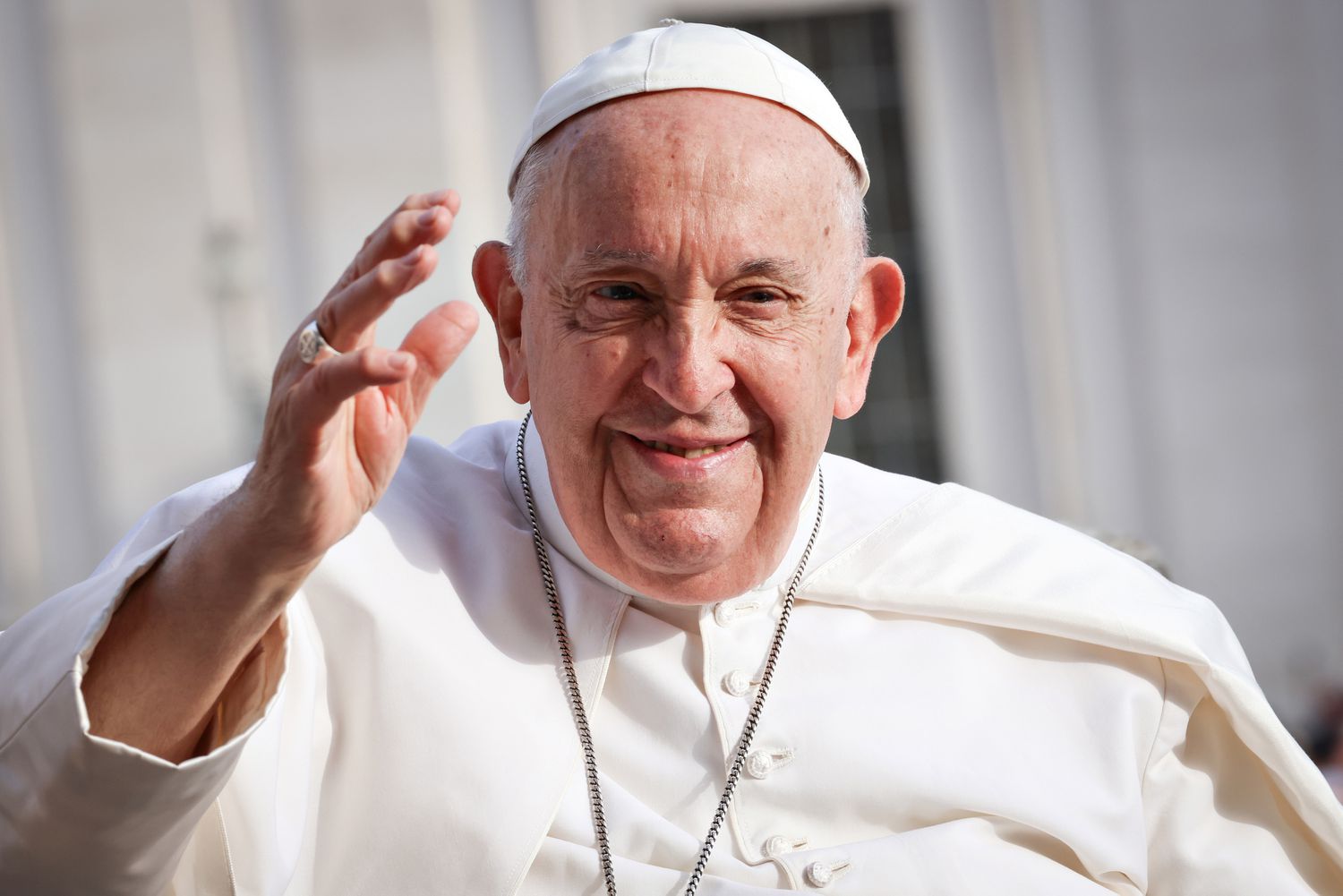

 While many of the Roman Catholic bishops were in attendance at the lunch Archbishop Mannix, who then was 96 years old, was not. Daniel Mannix had been a divisive figure in Melbourne. His views were fashioned by his Irish antipathy to anything British, rather than by any Falangist motivation.
While many of the Roman Catholic bishops were in attendance at the lunch Archbishop Mannix, who then was 96 years old, was not. Daniel Mannix had been a divisive figure in Melbourne. His views were fashioned by his Irish antipathy to anything British, rather than by any Falangist motivation.
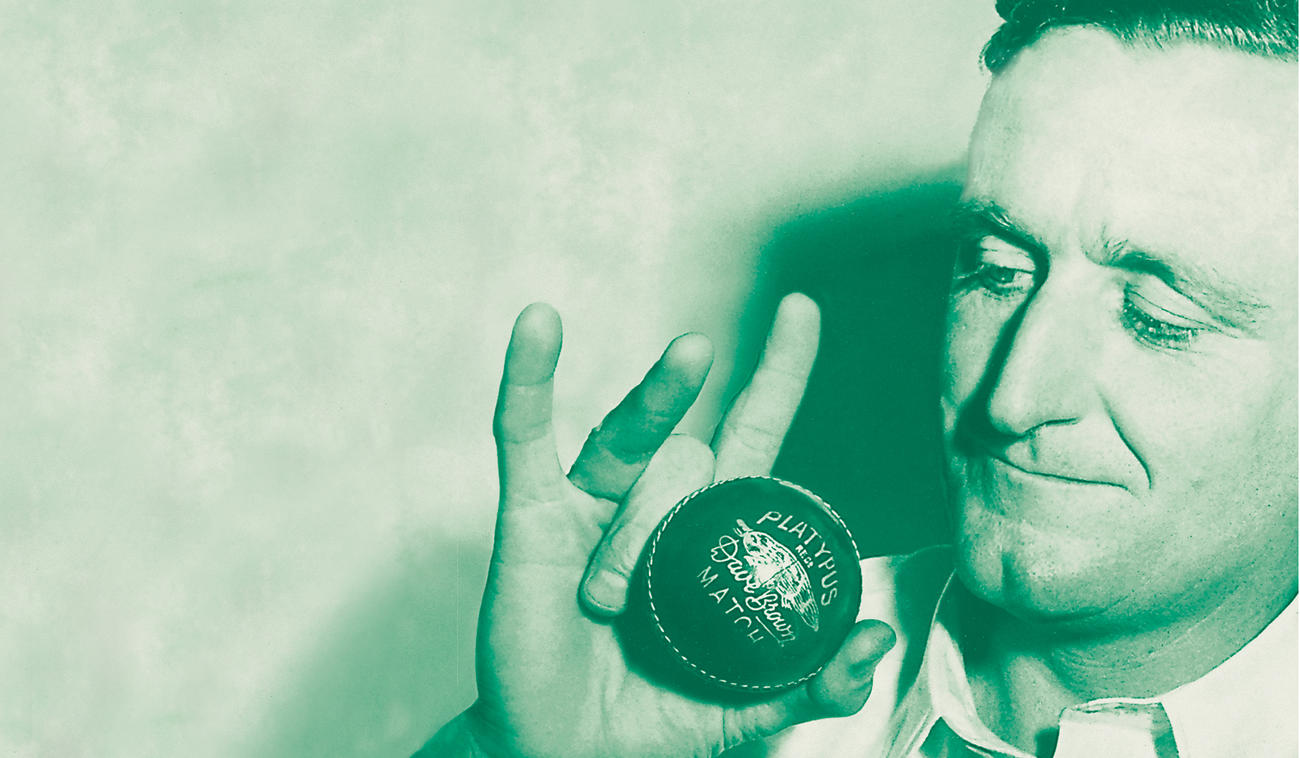 The Mouse Whisper reminded me of Jack Iverson, the right arm unorthodox leg spin bowler, who had a brief test career in Australia versus England in the 1950-51 series. He had come from nowhere two seasons before, but he had developed his unique spinning technique with a table tennis ball. Using his middle finger to spin a cricket ball rather than a table tennis ball was something else. His grip involving this powerful middle finger and thumb meant he could bowl off spin, leg breaks and googlies without changing his grip.
The Mouse Whisper reminded me of Jack Iverson, the right arm unorthodox leg spin bowler, who had a brief test career in Australia versus England in the 1950-51 series. He had come from nowhere two seasons before, but he had developed his unique spinning technique with a table tennis ball. Using his middle finger to spin a cricket ball rather than a table tennis ball was something else. His grip involving this powerful middle finger and thumb meant he could bowl off spin, leg breaks and googlies without changing his grip.
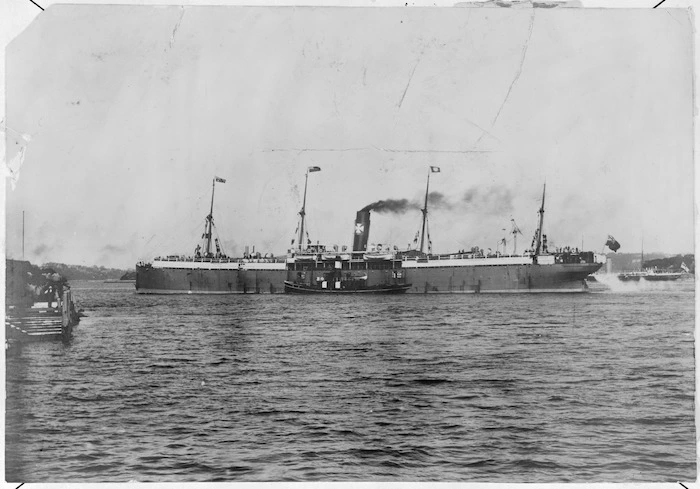
 For instance, a modelling career for women starts between 14 and 16 years and is over by the mid 20s. It is an industry which cultivates the “stick insect” look and emphasise that ugliness by forcing the models in very high heels to traverse the catwalk in that uncomfortable stalk, which seems to be de rigeur.
For instance, a modelling career for women starts between 14 and 16 years and is over by the mid 20s. It is an industry which cultivates the “stick insect” look and emphasise that ugliness by forcing the models in very high heels to traverse the catwalk in that uncomfortable stalk, which seems to be de rigeur. The racing industry relies on dieting in jockeys trying to keep weight down to 54kg, above which life for most jockeys’ rides is limited unless they are in the top echelon or are a jumping jockey, and in this later instance their races are confined to Victoria and South Australia.
The racing industry relies on dieting in jockeys trying to keep weight down to 54kg, above which life for most jockeys’ rides is limited unless they are in the top echelon or are a jumping jockey, and in this later instance their races are confined to Victoria and South Australia. There is one solution that my wife has used. We had a very well- constructed mahogany chest of drawers, very chestnut. My grandparents had brought it back from Britain in 1919. Thus, it had lasted a long time. My wife decided she needed some storage and rather than throw out the solid brown chest and buy a new one she asked the painter to give it a distressed blue finish. He did an excellent job, and it now complements the back room, where an equally distressed painted bookcase faces it – but the aforementioned brown cedar desk still occupies one corner of the room, as a quiet reminder.
There is one solution that my wife has used. We had a very well- constructed mahogany chest of drawers, very chestnut. My grandparents had brought it back from Britain in 1919. Thus, it had lasted a long time. My wife decided she needed some storage and rather than throw out the solid brown chest and buy a new one she asked the painter to give it a distressed blue finish. He did an excellent job, and it now complements the back room, where an equally distressed painted bookcase faces it – but the aforementioned brown cedar desk still occupies one corner of the room, as a quiet reminder.


